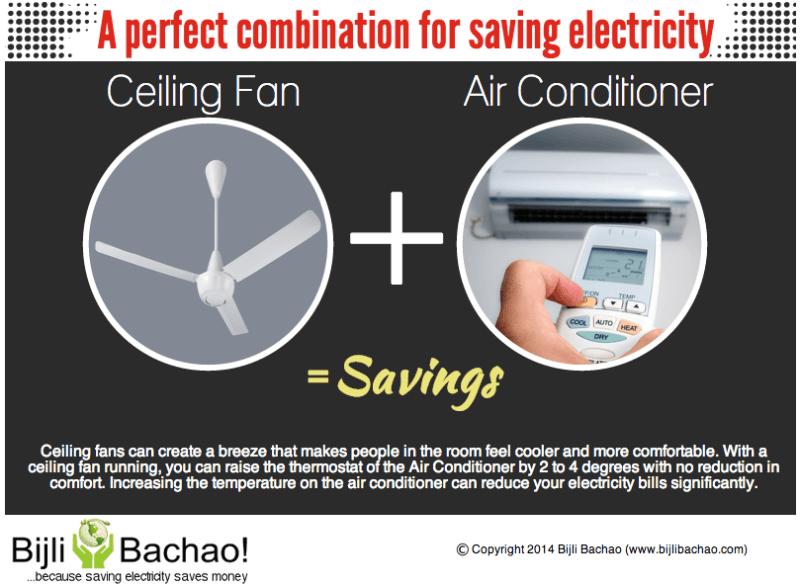The Ultimate Overview To Comprehending Warm Pumps - How Do They Function?
The Ultimate Overview To Comprehending Warm Pumps - How Do They Function?
Blog Article
Created By-Hoppe Singer
The most effective heat pumps can conserve you significant amounts of cash on energy bills. They can likewise help in reducing greenhouse gas emissions, specifically if you utilize electrical energy instead of nonrenewable fuel sources like propane and home heating oil or electric-resistance heating systems.
Heatpump function significantly the like air conditioning system do. https://cost-of-replacing-heating15554.blogitright.com/29429441/the-clear-cut-guide-to-choosing-the-right-dimension-heatpump-for-your-home makes them a sensible choice to typical electric home heating unit.
Just how They Function
Heat pumps cool homes in the summertime and, with a little assistance from electrical power or natural gas, they offer some of your home's heating in the winter. They're an excellent option for people that intend to minimize their use of nonrenewable fuel sources yet aren't ready to change their existing heating system and cooling system.
ac installation count on the physical fact that also in air that seems as well chilly, there's still power present: cozy air is always relocating, and it wishes to relocate into cooler, lower-pressure settings like your home.
Many power celebrity licensed heatpump run at close to their heating or cooling capability throughout the majority of the year, minimizing on/off cycling and conserving energy. For the very best performance, focus on systems with a high SEER and HSPF rating.
The Compressor
The heart of the heatpump is the compressor, which is additionally referred to as an air compressor. This mechanical moving gadget utilizes prospective energy from power production to enhance the pressure of a gas by lowering its quantity. It is different from a pump because it only deals with gases and can not collaborate with liquids, as pumps do.
Atmospheric air goes into the compressor via an inlet valve. It travels around vane-mounted arms with self-adjusting length that divide the inside of the compressor, creating multiple tooth cavities of differing size. The blades's spin forces these tooth cavities to move in and out of phase with each other, pressing the air.
The compressor attracts the low-temperature, high-pressure cooling agent vapor from the evaporator and presses it into the hot, pressurized state of a gas. This process is duplicated as needed to provide heating or cooling as called for. The compressor likewise contains a desuperheater coil that recycles the waste heat and adds superheat to the refrigerant, changing it from its liquid to vapor state.
The Evaporator
The evaporator in heat pumps does the exact same point as it carries out in refrigerators and a/c unit, changing liquid cooling agent right into a gaseous vapor that eliminates warmth from the area. Heat pump systems would certainly not work without this important piece of equipment.
This part of the system is located inside your home or building in an indoor air handler, which can be either a ducted or ductless system. It consists of an evaporator coil and the compressor that presses the low-pressure vapor from the evaporator to high pressure gas.
Heat pumps take in ambient warmth from the air, and afterwards utilize electrical energy to move that warmth to a home or business in home heating setting. That makes them a whole lot more energy effective than electric heating units or furnaces, and since they're utilizing tidy power from the grid (and not burning fuel), they also generate much fewer emissions. That's why heatpump are such wonderful ecological options. (In addition to a massive reason why they're ending up being so preferred.).
see it here .
Heatpump are wonderful alternatives for homes in chilly climates, and you can utilize them in mix with typical duct-based systems or perhaps go ductless. They're an excellent alternative to nonrenewable fuel source heating unit or standard electrical heating systems, and they're a lot more sustainable than oil, gas or nuclear cooling and heating devices.
Your thermostat is one of the most vital component of your heat pump system, and it functions very in different ways than a standard thermostat. All mechanical thermostats (all non-electronic ones) job by using materials that change size with increasing temperature, like coiled bimetallic strips or the increasing wax in an automobile radiator shutoff.
These strips include two various kinds of steel, and they're bolted with each other to create a bridge that completes an electrical circuit linked to your cooling and heating system. As the strip obtains warmer, one side of the bridge increases faster than the various other, which causes it to bend and signal that the heating system is needed. When the heatpump is in home heating mode, the turning around shutoff reverses the circulation of refrigerant, to make sure that the outside coil currently works as an evaporator and the interior cyndrical tube ends up being a condenser.